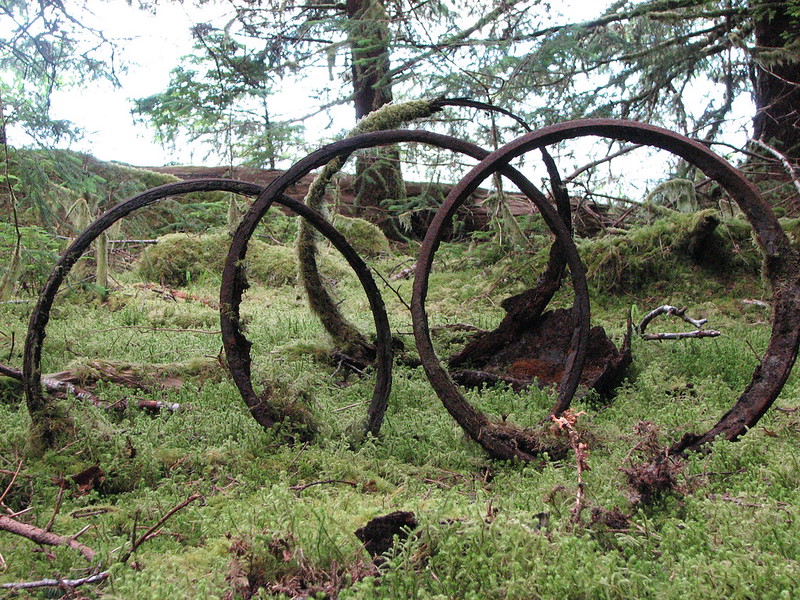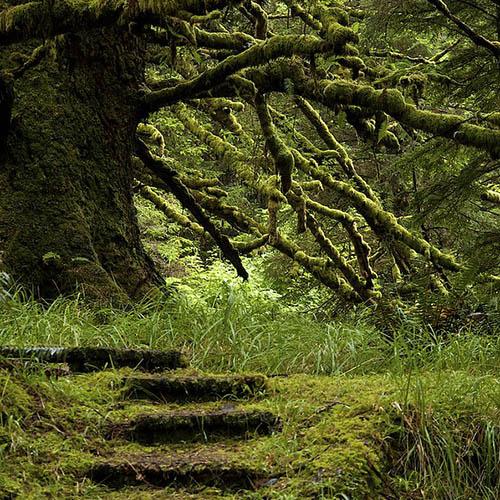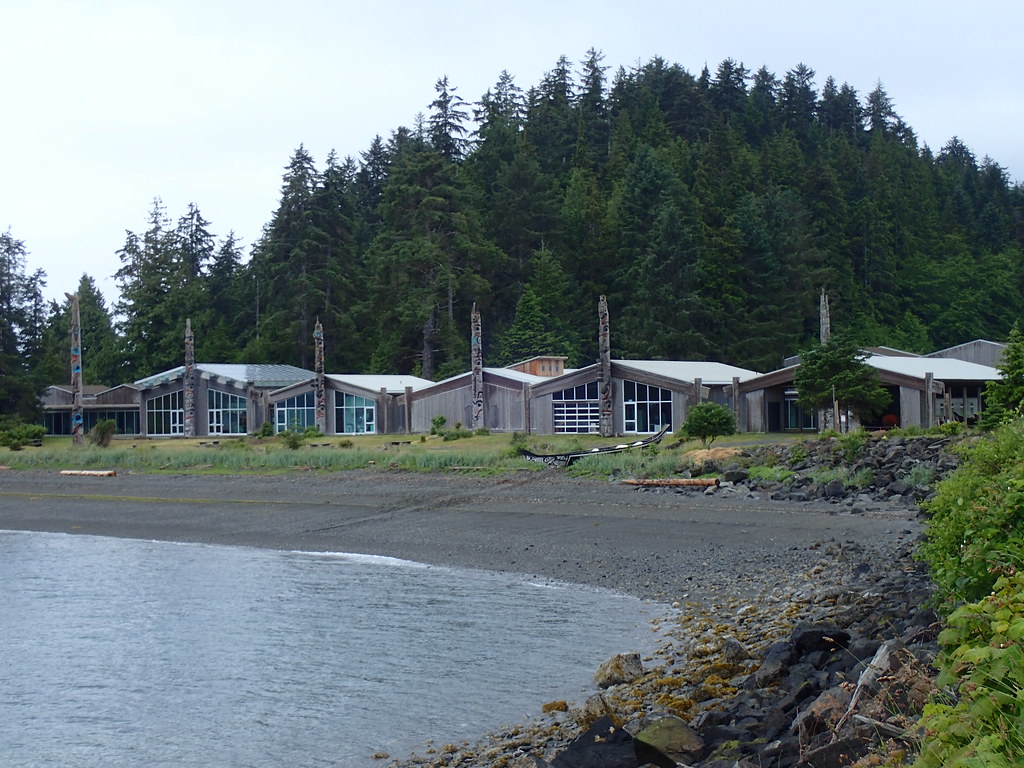Frequently Asked Questions
Barrel hoops? Bark peelers? Crab traps? What did these giant rings do in the ’40s on Louise Island? We don’t know, but what we do know you will find here. Find answers to some of your frequently asked questions as well as some quick facts about Haida Gwaii. If you have a question with no answer here, please let us know!
Named one of National Geographic Traveler’s 20 must-see places in the world for 2015, the remote Haida Gwaii region is one of the most unique and spectacular destinations in Canada. Home to the Haida First Nations people, the area includes over 150 islands and more biomass per square yard than anywhere else on the planet.
The tropical wilderness, bountiful wildlife, and rich history of Haida Gwaii make for a truly unforgettable experience — and the best part is, there is something for every type of traveler. Want to immerse yourself in Haida culture, and learn the region’s history? How about a restorative spiritual retreat? Or would you rather go off-grid and backpack through the wilderness? Or take part in some of the best sport fishing in the world? It’s all there.
Quick Guide to Haida Gwaii
From Sandspit Airport to downtown Daajing Giids daily. Pickups and drop-offs by reservation at Eagle Transit 250-876-1866.
Masset Airport has no shuttle, but if you are renting a vehicle, Masset Car and Truck rentals will get you to your rental car from the airport.
Take the Northern Health Connector bus Monday to Fridays at 8:45 am from Northern Haida Gwaii Hospital in Masset to the Haida Gwaii Hospital at Daajing Giids. Returns 2:45 pm. Reserve 48 hours in advance. 250-559-4461
BC Ferries travels hourly between Alliford Bay on Moresby and Skidegate Landing on Graham.
We are thrilled to announce a new taxi service as of March 1, 2025!
tel:1-250-637-1162
The largest stands of old growth are found in Gwaii Haanas National Park, which requires visitor registration to visit.
You can visit smaller stands of old growth on Graham Island without registering:
Notice that words like old growth "alley" and "trees" rather than "forests" are used in the trail descriptions above.
View old growth maps in BC here:
Registering in an orientation session to visit the southern half of the archipelago is mandatory, and is done through Parks Canada or your tour guide.
The northern portion of Moresby and all of Graham Island welcome you without a formal orientation. But visitors are encouraged to take the Visitors' Pledge.
From May thru September, book about a month ahead.
From October thru April, a week ahead should be fine.
The Daajing Giids Visitor Centre holds two overnight parking spots.
Very close to that, there are a dozen or so parking spots at the head of the dock where two of the tour operators gather their trips.
All parking is on a first come first serve basis.
The closest English equivalent would be "dodging geese". It means "common hat" in the southern Haida dialect.
See our food guide for advice about what is open and when it is fresh. We can offer you a printed list if you drop by during open hours.
BC Ferries operates an inter-island ferry, the Kwuna. It travels between Alliford Bay and Skidegate Landing on a near hourly schedule between 7:00 AM and 10:30 PM. Some additional sailings are available in the evenings. Click here for the seasonal schedule.
Only in Masset at Coastal Propane: 250-626-5068. See their Facebook Page .
Ann and Rob at Hike Haida Gwaii kindly share any updates they have, mostly about the less well-known and often user-maintained trails. Please note that contrary to the information at Hike Kaida Gwaii, the Golden Spruce Trail is open again as of March 2025.
- Daajing Giids to Sandspit - 14 km + 25 minute ferry ride
- Daajing Giids to Skidegate - 7 km
- Daajing Giids to Tlell - 47 km
- Daajing Gids to Port Clements - 68 km
- Daajing Giids to Masset - 108 km
- Daajing Giids to Old Massett - 112 km
- Daajing Giids to Taw Tldaaw/Tow Hill - 138 km
We are working on a list of those, but meanwhile we can share this review, with thanks to Emma Kivisild.
Please do!
Fill out our Contact Form
Or call: 250-559-8316
Or email: info@dginfo.ca
Include FAQ in the subject
For guided challenging hikes and climbs, contact the Gould Beach House in Sandspit.

Quick Facts
- Half of the population of Haida Gwaii are Haida First Nations.
- “Haida Gwaii” means “islands of the people” or “islands of the Haida” in the local language
- Established in 2010, the Gwaii Haanas National Park is the first area in the world to be protected from mountain top to sea floor
- 52% of the land mass lies within protected areas
- The archipelago is comprised of more than 200 islands
- About 4500 people live on Haida Gwaii
- The ubiquitous Sitka Blacktail Deer are an introduced species, as are red squirrels, raccoons, beavers, muskrats, rats and elk
Gwaii Haanas National Park
A trip to Haida Gwaii would not be complete without a visit to its spiritual centre, the Gwaii Haanas National Park. Visitors travel the area to experience the remote rainforest, surrounded by thousand-year-old trees and abundant wildlife. You can’t help but immerse yourself in the rich history of the Haida First Nations people as you discover ancient carved totem poles and fallen longhouses. Head to the seashore and you might see a black bear catching salmon, whales breaching in the distance, or other wildlife species that are exclusive to the region.
Haida Heritage Centre
at Kaay Llnagaay
It’s impossible to truly appreciate Haida Gwaii without understanding the living culture of the Haida First Nations people, and the rich heritage of their relationship with the land and sea. You’ll want to dedicate a good chunk of time to get through all 50,000 square feet of the Haida Heritage Centre, from the breathtaking hand carved totem poles in the Carving House, to the fascinating Canoe House and the stunning Haida Gwaii Museum. To purchase original, authentic Haida artwork, make sure to stop by the Gift Shop before you leave.
“The Haida Heritage Centre protects and fosters Haida culture by reaffirming our traditions and beliefs, encouraging artistic expression and serving as a keeper of all that we are. The Haida Heritage Centre is a place for the Haida voice to be heard.
This is our gift to the world. “
Naikoon Provincial Park
If you are looking to experience some of the most stunning wilderness and ocean landscapes in British Columbia, you’d be hard pressed to find somewhere more perfect than this. The 726 square kilometers of Naikoon Provincial Park boast a diverse array of geographic wonders, from lush coastal rainforest, to a vast shoreline and unique wildlife. Some of Haida Gwaii’s most popular attractions lie within its boundaries, including unmatched ocean views from atop Tow Hill, blowholes that shoot 7 metres high along Blow Hole Boardwalk, beachcombing and surfing on North Beach, and the popular 10-kilometre trek to Pesuta Shipwreck.
Whale Watching
Sitting in the northernmost coast of British Columbia, Haida Gwaii is often referred to as “the Galapagos of the North” — home to more than 200 bird species, half of British Columbia’s sea lion population, and the most diverse marine wildlife in Canada. For both a relaxing and exhilarating experience, book a whale watching tour during your stay. Orcas frequent the area year-round, humpback whales arrive in February staying until the fall, gray whales visit from March to June, and if you’re lucky, you might even spot a blue or fin whale off the west coast. Feeling adventurous? Book a kayak tour instead! Advance booking is recommended for all guided tours.
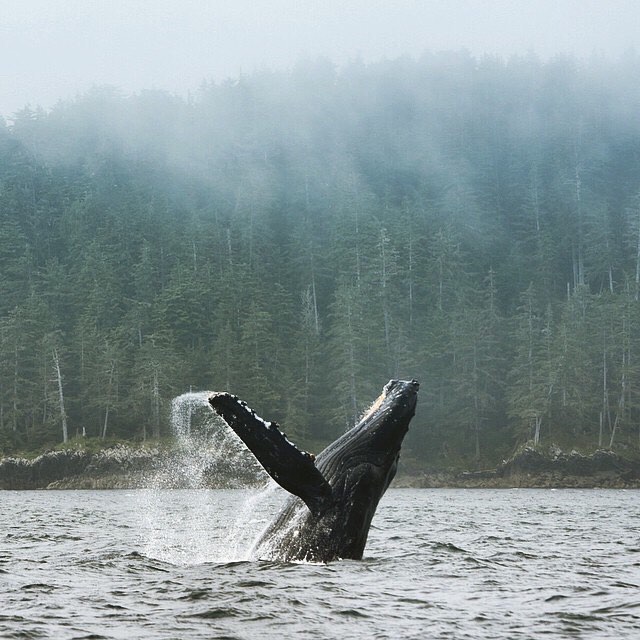
G̱andll K’in Gwaay.yaay (Hotspring Island)

Hot water is once again flowing in the sacred hot springs of Gwaii Haanas, 3 years after a 7.8 earthquake struck and mysteriously emptied the pools. It’s too soon to say if they will return to their former glory, but with a little luck, your next trip to the Haida Gwaii could include these soothing pools. Historically used by the Haida people for their healing properties, there are over a dozen warm pools where visitors can enter and experience this natural wonder.
Access to the site is by permit only, and we recommend booking as a part of your Gwaii Haanas tour.
A Word about Logging Roads
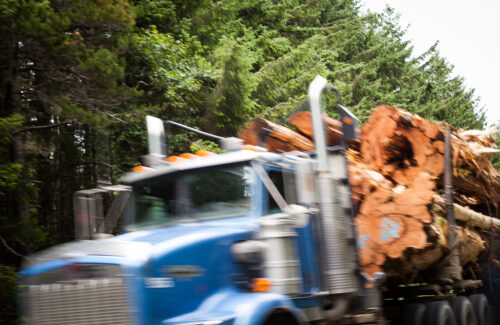
If you are traveling the backroads without a local guide, please consult the the most update information about logging road closures, deactivations, rules of the road and industrial traffic conditions at:
BRIDGES: Most bridges on resource roads are one lane. Make sure you yield to oncoming traffic; it is better to pull over and let the other vehicle through – play it safe!
ROAD DAMAGE: Resource roads might not be in use year round; they may sustain damage due to frost, flooding, vandalism, etc. – damage might not be marked. Roads may be overgrown or not plowed; the road might not be drivable—even though you found it on a map or GPS. Expect rough surfaces, potholes, sinkholes, washouts, water bars and cross ditches.
COMMUNICATION: Industrial traffic on active roads communicates using two–way radios; this is how drivers talk with each other so they know to “clear” when a vehicle is heading towards them. If you have a two–way radio, learn how to use it, ensure it is installed and working properly as well as programmed with the channels needed to communicate in areas you travel; follow communication instructions posted at the start of all active logging roads. If you are not equipped with a radio, wait for someone who does have one so you can follow them.

